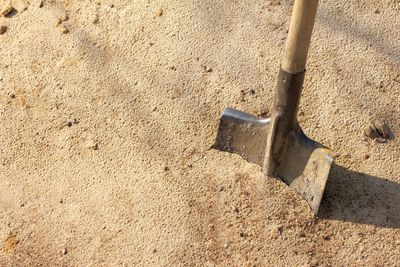Problems with Plants That Grow in Sand
Sandy soils are especially troublesome to gardeners for many reasons. While well draining and able to prevent root rot in sensitive plants, this free-draining soil has great difficulty in retaining moisture and valuable nutrients in the garden. This is especially true in climates that receive hot summer temperatures. Sandy soil may also become more acidic, requiring balanced applications of lime to correct the pH levels of the soil. Although it is possible to the correct the concerns of growing in sandy soils, garden plants that grow in sand need consistent fertilization and irrigation throughout their growing season. This can be done on a small scale for flower beds and vegetable gardens, but if you’re wishing to create lush landscapes, you may have more success by choosing sandy soil crops and other naturally sand tolerant plants.
Sandy Soil Plants
Choosing plants for sandy soil may initially seem somewhat limited, but gardeners can enhance their landscapes through the incorporation of hardy native plants. In general, plants that grow in the sand will require less maintenance as they become established and naturalized in the landscape. Here are just a few examples of trees and flowers adapted to growth in sandy soil:
Red cedar trees
Flowering crabapple trees
Gray dogwood trees
Mulberry
Succulents
Desert cacti
Lavender
Cosmos
Hibiscus
Rosemary
Rudbeckia
